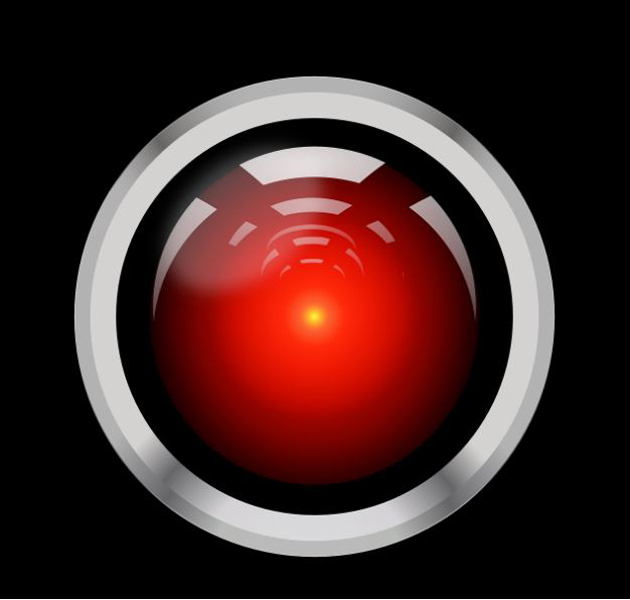We’ve come a long way from HAL – where will AI take us next?

 CONTRA COSTA COUNTY, CA (June 23, 2023) — Stanley Kubrick’s spacecraft Discovery One, in “2001: A Space Odyssey” (circa 1968), expresses a vision of the future for Artificial Intelligence (AI).
CONTRA COSTA COUNTY, CA (June 23, 2023) — Stanley Kubrick’s spacecraft Discovery One, in “2001: A Space Odyssey” (circa 1968), expresses a vision of the future for Artificial Intelligence (AI).
It is a chilling reminder of how fast technology is moving. Take the HAL 9000* computer, fast-forward just two decades, and we have his vision coming to life before our eyes.
AI is a computer that can emulate human thought and reasoning through the magic of algorithms that help it “think.” Along with some frightening aspects of AI, there are some counter measures one can employ.
AI is a program that is already causing the way we use our computers, tablets and smartphones to change. The most concerning to me is how it will affect computer hacks and malicious viruses. According to Bing ChatGPT (an AI source), “Attacks executed with AI tend to be more successful, perhaps because the technology makes it easier to develop malware with the ability to evade even sophisticated threat detection.” In addition, “an adversarial AI/ML attack can fool your computer’s anti-virus software into allowing malware to run.”
According to CPO Magazine, “AI can learn on its own and use that knowledge to complete tasks autonomously … they apply (knowledge) to cyber attacks and other security threats.”
CPO Mag continued, “Cybercriminals can use AI to automate aspects of their attacks, enabling them to launch attacks more quickly, at a greater scale and a lower cost. They may also be able to pinpoint their targets more precisely.” Bad news for users stuck with “definition file” based antivirus products.
“Traditional security techniques use signatures or indicators of compromise to identify threats. This technique might work well for previously encountered threats, but they are not effective for threats that have not been discovered yet,” writes IEEE Computer Society.
Remember HAL? Look how far we have come – from fiction and fantasy to reality in the blink of an eye. What will the next 20, or even 10 years bring? According to Scientific American, “Artificial intelligence algorithms will soon reach a point of rapid self-improvement that threatens our ability to control them and poses great potential risk to humanity.”
AI computers are already writing code for the next generation of AI, and humans cannot understand – and cannot decode – the programs. Have we already lost the leadership of the world? Will it lead to a “Skynet”** moment, like in the “Terminator” movie? Well, maybe not.
Martial arts teach us that the best defense is a good offence, and this can be applied to fighting AI with AI. Standard anti-virus is doomed to die given the AI threat; therefore, one must turn to AI to fight AI.
Mountain View based SentinelOne is taking a leadership role for embracing AI in its antivirus defenses. There are others but not at the quality and accuracy level these engineers have achieved. It has the ability to think and outsmart traditional viruses, detect and eliminate AI attacks and learn about new threats on the fly. All the connected computers collaborate to defend your digital world.
ComputersUSA is one of the leading sources for distribution of SentinelOne in the Bay Area. CUSA manages the updates, monitoring and mitigating threats for you. Find out more at 925-672-9989.
Trivia:
*What letters follow H A L?
**Cyberdyne Systems created Skynet for SAC-NORAD in the movie “Terminator.”
Email questions or comments to willclaney@gmail.com.

Will Claney
William Claney is an independent tech writer and former owner of Computers USA in the Clayton Station. Email questions or comments to willclaney@gmail.com.
